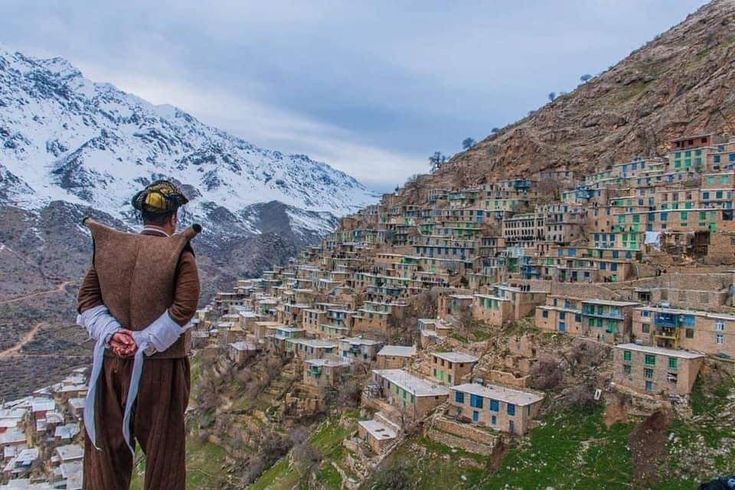Hawraman is not just the name of a city or region in the eastern part of Kurdistan. In fact, Hawraman is a cultural center divided between the East and South parts of Kurdistan. Hawraman of the Kurdistan Region of Iraq belongs to Halabja province and Eastern Hawraman is divided into four districts: Hawraman Takht, Lihon, Zhawaro, and Shamian. These four regions are located in the two provinces of Sna (Sanandaj) and Kermashan. Contrary to its name, Hawraman Takht (means flat in Kurdish) is a mountainous region and according to the people of the region, it was once a large city and a special center, which is why it is called Takht (here means throne) or the center of government of Hawraman district. This part of Hawraman is bordered by Hawraman of the southern part of Kurdistan in the west, Sawlawa in the north, Kermashan province and Paveh in the south. This region has a city called Hawraman Takht and includes several villages: Kamala, Sarpir, Bilbar, Zhiwar, Naw, and Nwen.
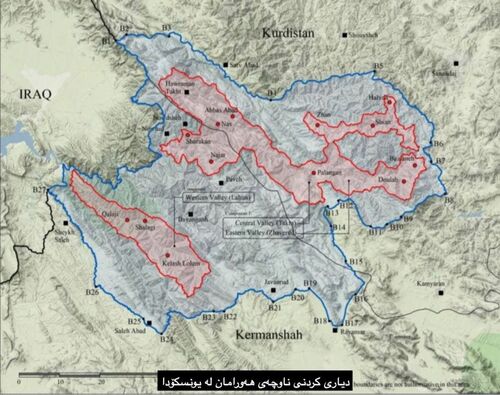
Most linguistic sources consider Hawrami to be a dialect of Gorani, which itself belongs to a branch of Kurdish, Zaza-Gorani. The name of Hawraman is recorded in Iranian state documents as "Oraman" (Uraman). However, the local people and Kurdistan in general call it Hawraman. The fake word Uraman, which has no meaning in Kurdish, should be considered as part of the Iranian nation-state's cultural projects to Iranize Kurdish culture and part of its linguistic-cultural colonialism process. Regarding the real name of Hawraman, one of the most common assumptions is that the word "Hawraman" consists of two parts, "Hawra" meaning "Ahura" and "Man" meaning house, and Hawraman means place and land of Ahura Mazda. Some say that the Hawrami dialect or language is very similar to the language of the Avesta text. This fact reinforces the assumption about the true meaning of this name, since "Hor" means "sun" and Hawraman means "place of the sun" in the Avesta.

According to historical and archaeological research, settlement in this area dates back to prehistoric times. The oldest remains of human settlement have been found in archaeological surveys and excavations around the villages of Hajij, Naw, and Asperez that date back to the Paleolithic Age and range from more than 40000 to about 12000 years old, according to archaeologists. The finds include stone tools of early cavemen, bones of hunted animals, and the remains of fireplaces. The discovery of the Hawraman evidence also confirmed the existence of Assyrian, Medes, Achaemenid, and Greek powers.
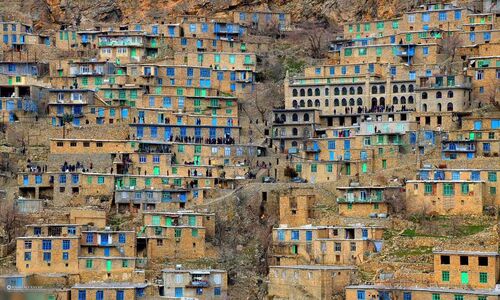
In terms of architecture, Hawraman Takht, especially the city of Hawraman, has many characteristics. The architecture of Hawraman is completely blended with the mountainous location and the use of stone, carved wooden windows, and staircase shape of the houses, has created a magical uniqueness for this region. One of the most interesting examples of this architectural style in Hawraman is the Hawraman Mosque, which is considered one of the rare mosques in Kurdistan. The mosque was renovated with the help of local people and used stone for construction and walnut wood for doors and windows (using local materials).
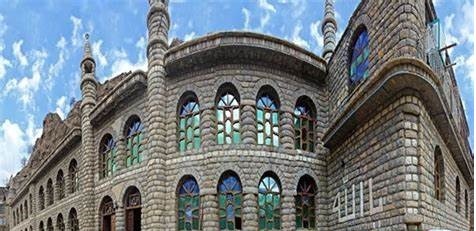
One of the most famous festivals in Hawraman is the Pirshalyar festival, which is held twice a year in mid-spring and mid-winter in Hawraman. The ceremony includes the slaughter of sacrificial animals, playing Daff, a kind of monk dance, a special meal of Haloshena, and the reading of poetry and prayers. Every year, a large number of monks and followers of Pirshalyar visit his tomb in Hawraman to honor his name and sect. In recent years, the ceremonies of Pirshalyar have gained worldwide fame and despite its religious dimension, it now forms part of the cultural tourism of this region.
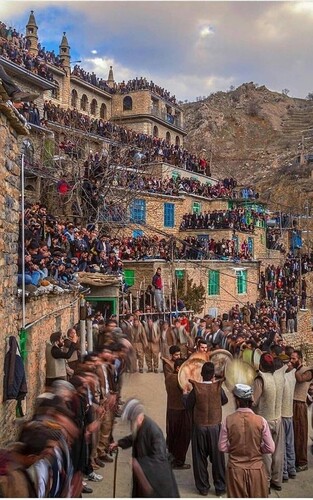
The existence of such ancient cultural and religious heritage made Hawraman part of the cultural landscape of the world and a UNESCO World Heritage Site in 2020 to be registered. According to the World Heritage Committee's definition, cultural landscapes are those that represent the collaboration of humans and nature and show how the cultural patterns of the inhabitants of an area influence the specific geography of that territory. Thus, it can be said that Hawraman in general and Hawraman Takh in particular, is strong evidence of the existence of a historical civilization in Kurdistan and an important cultural heritage for the world.

